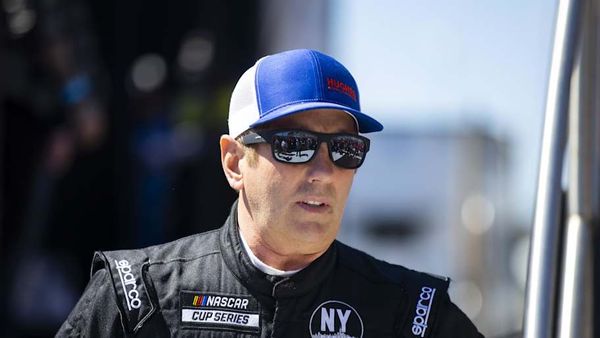
I think most of us, as gardeners, would confess to obsessing over a dahlia or delphinium during summer. And, sure, I get it, a pink cosmos or coneflower is hard to top. But I think we need to give evergreens a little more love. In particular, the group of evergreens that can handle shade. To me, these are the unsung heroes of the backyard, and can prove to be transformative in darker pockets and borders.
Shade can be tricky to deal with. That’s why evergreen plants that tolerate shade are so useful. And, it needn't be dull. I always recommend mixing tones and textures. Pair the mottled yellow-and-green of aucuba or euonymus with strappy, grassy foliage like monkey grass, supported by topiary clipped forms of yew or Japanese holly. With the right combinations, shady spots can sing.
Here, I share five of my favorite evergreen shade plants, including native and non-native options, and with tips on how to plant, grow and care for each. So, whether you’re filling a pot on a shady balcony or you are landscaping with evergreens, this guide has you covered.
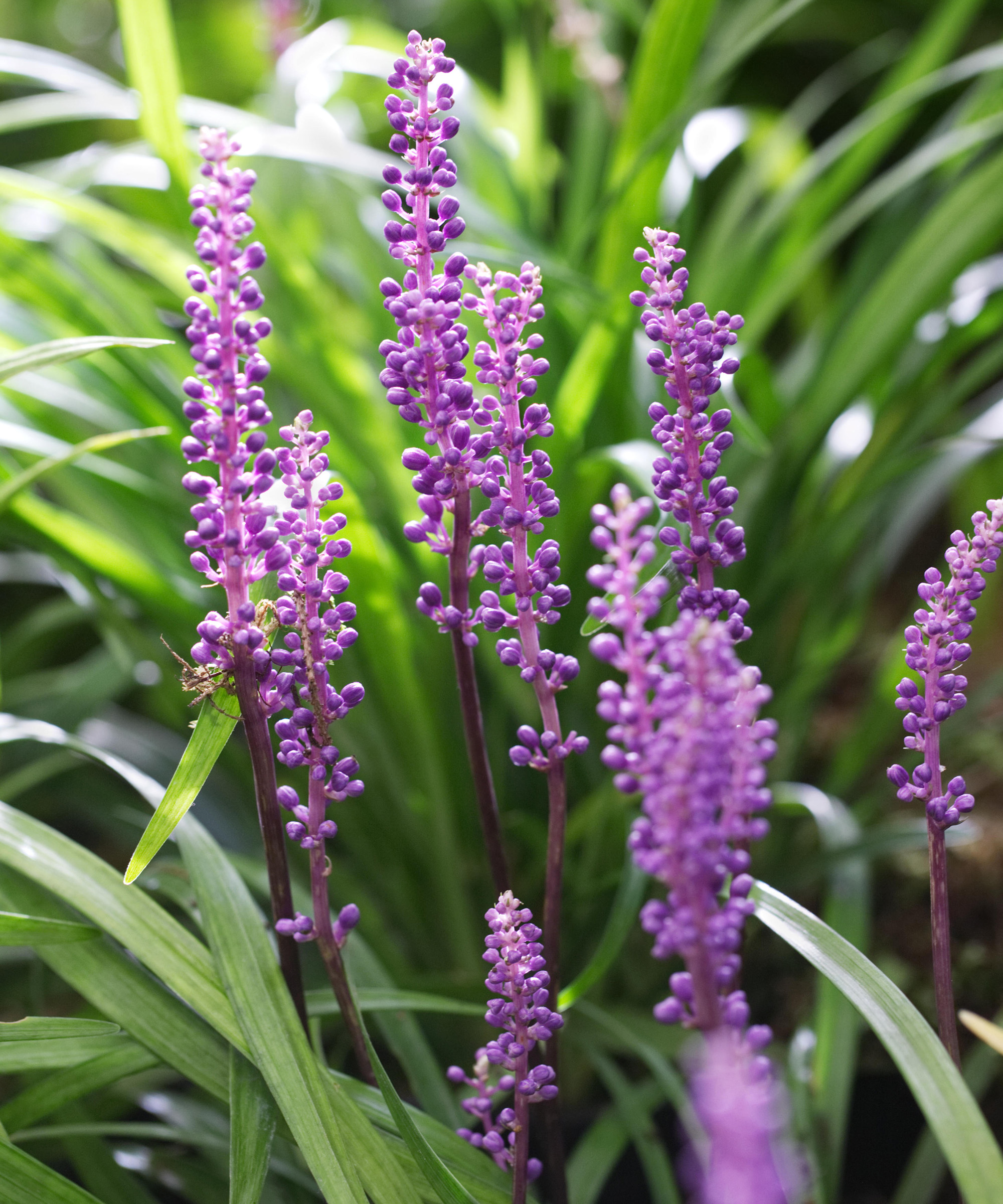
5 best evergreen shade plants
Fortunately for us, some of the easiest evergreen shrubs can handle partial and full shade. But, as with any plant selection, just be sure to pick species that are best suited to your climate, soil and US hardiness zones.
Here are five of my top evergreen shade plants that I have grown in gardens across the UK and Italy, with tips and tricks I have learned along the way.
1. Oregon grape
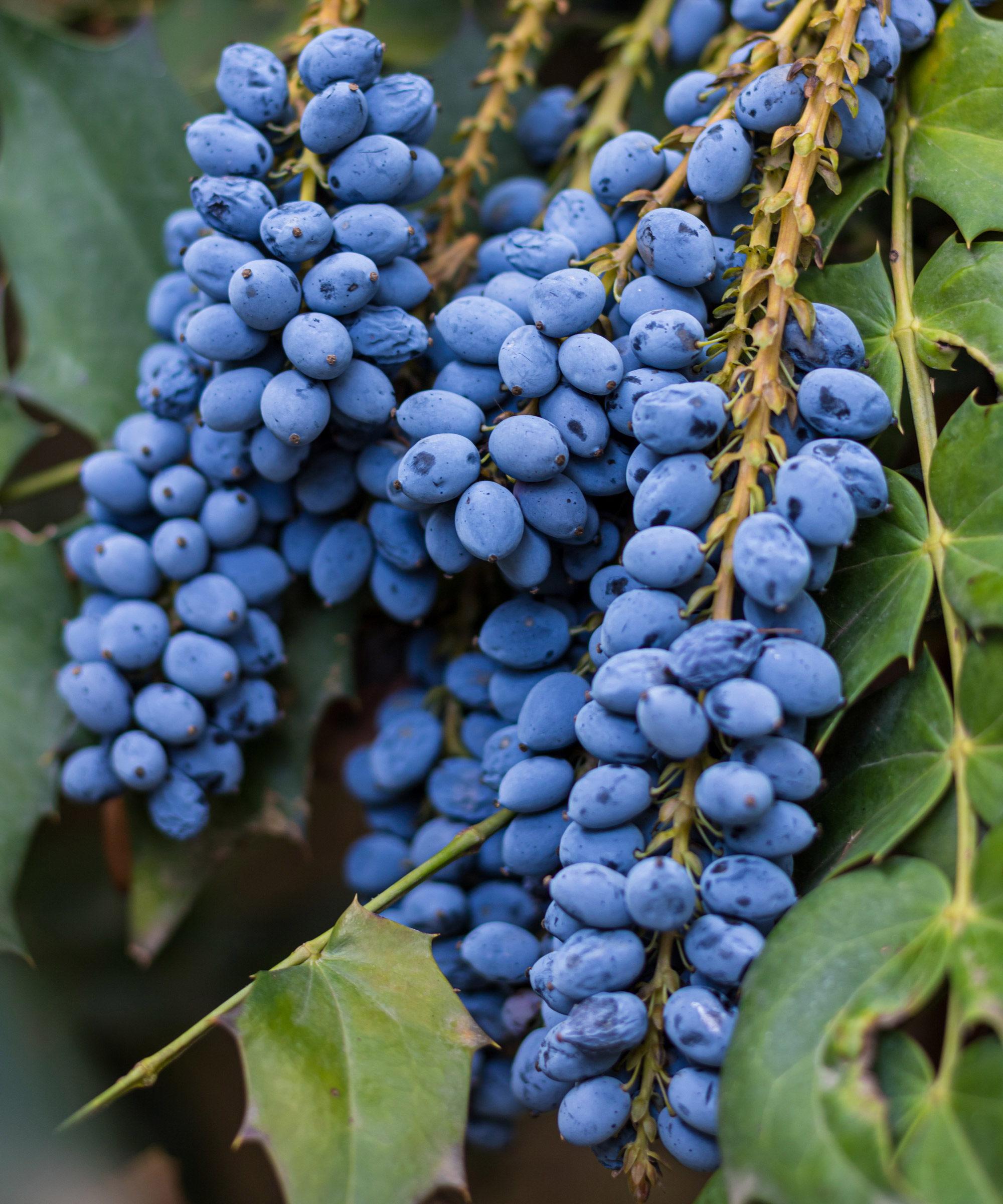
Oregon grape, or Mahonia aquifolium, is a shade-tolerant evergreen shrub that can reach up to and over three feet.
Native to cool and wet woodland regions across North America, this species, perhaps unsurprisingly, doesn't mind full to partial shade.
It can be grown down to zone 5, best planted towards the back of your darker borders, where you can admire the springtime yellow flowers and fall and winter blue berries, but where those spikes are out of reach.
Live Oregon grape plants can be ordered now via Walmart.
2. Monkey grass
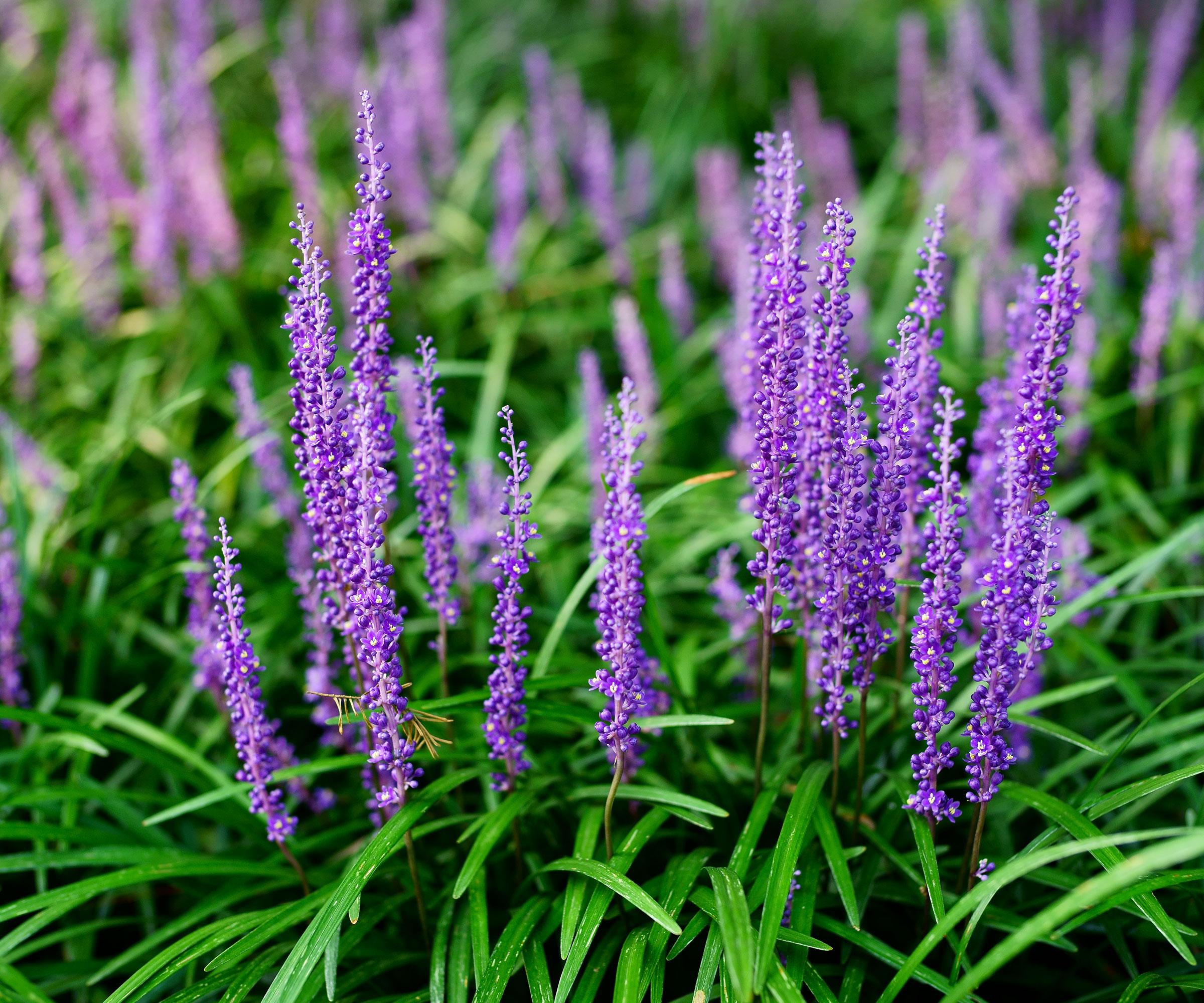
Monkeygrass, or Liriope muscari, is native to Asia, namely woodlands and forests across China, Taiwan and Japan down to zone 4.
So, as you might have guessed, it can tolerate darker yards just fine. Some gardeners in cooler regions might consider it a part-shade perennial, as it can die back in cooler regions. However, in mild zones, it will retain its foliage year-round.
In London, for example, I have grown monkeygrass in several different shady gardens, and it tolerates the occasional frost and snow without any worry and holds on to its blades.
My only advice would be that monkeygrass can begin to look a little messy after a while. And, the best solution is to be brave and chop back once every few years to encourage fresh shoots from this evergreen ground cover plant.
Live monkey grass plants are available via Walmart.
3. Japanese holly
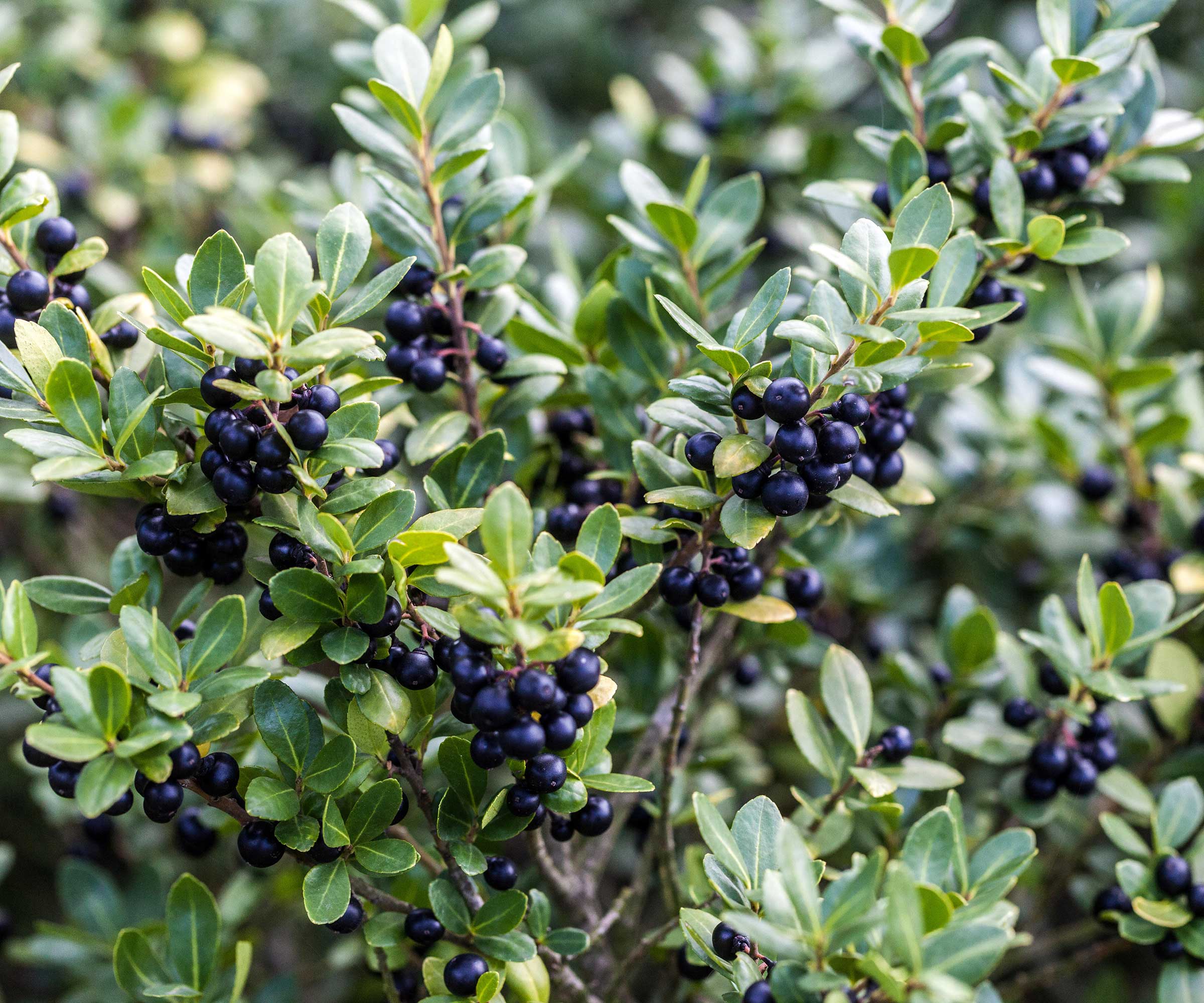
This list of the best evergreen shade plants would not be complete without mention of Japanese holly, or Ilex crenata.
As a gardener, I have used this plant too many times to count, both as a plant for topiary, clipped into submission into tight, neat forms, but also left loose and free as a natural green backdrop.
Hardy down to zone 5, Japanese holly can tolerate shade (both full and partial), retaining its small, rounded leaves and producing dark berries in fall and winter.
Japanese holly live plants are available to order via Amazon.
4. Viburnum
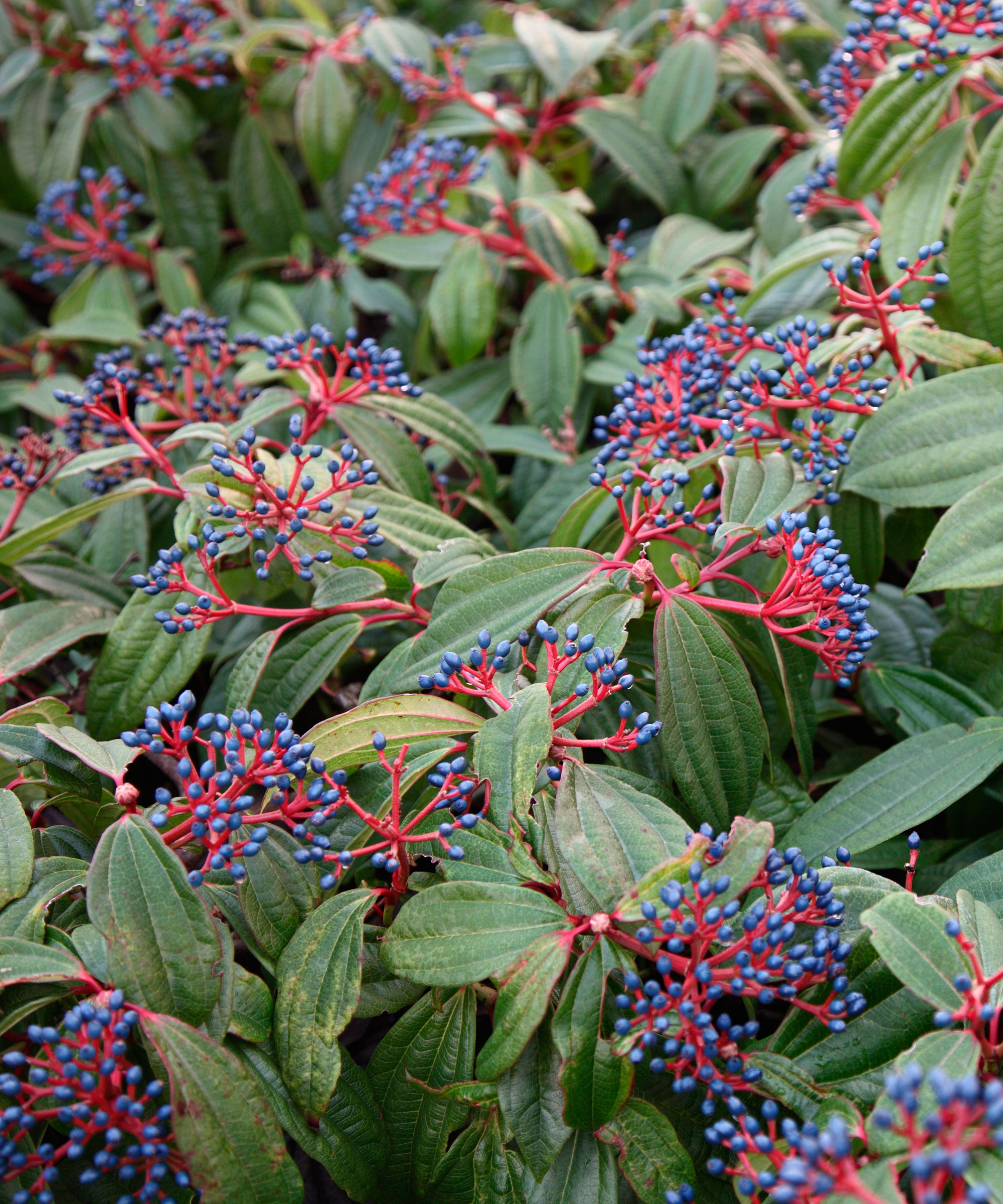
There are over 150 species of viburnum found growing worldwide, many of which are shade-tolerant.
One of my favorites is Vibunum tinus, for example, which has masses of tiny pink flowers in spring and can deal with shade no problem. In fact, it thrives in such conditions, and I would suggest this as a good option for growing under the canopy of larger trees.
If you are keen to opt for native planting in your yard, I would suggest learning how to grow Viburnum dentatum, otherwise known as the arrowwood viburnum.
With frothy white flowers that tend to appear in May followed by blood-red berries that arrive in fall, what's not to love?
This North American species can be grown down to zone 3, so it is a great option for gardeners in cooler, northerly regions, such as Illinois, Michigan or Washington.
Arrowhead viburnum live plants can be ordered now via Amazon.
5. Euonymus
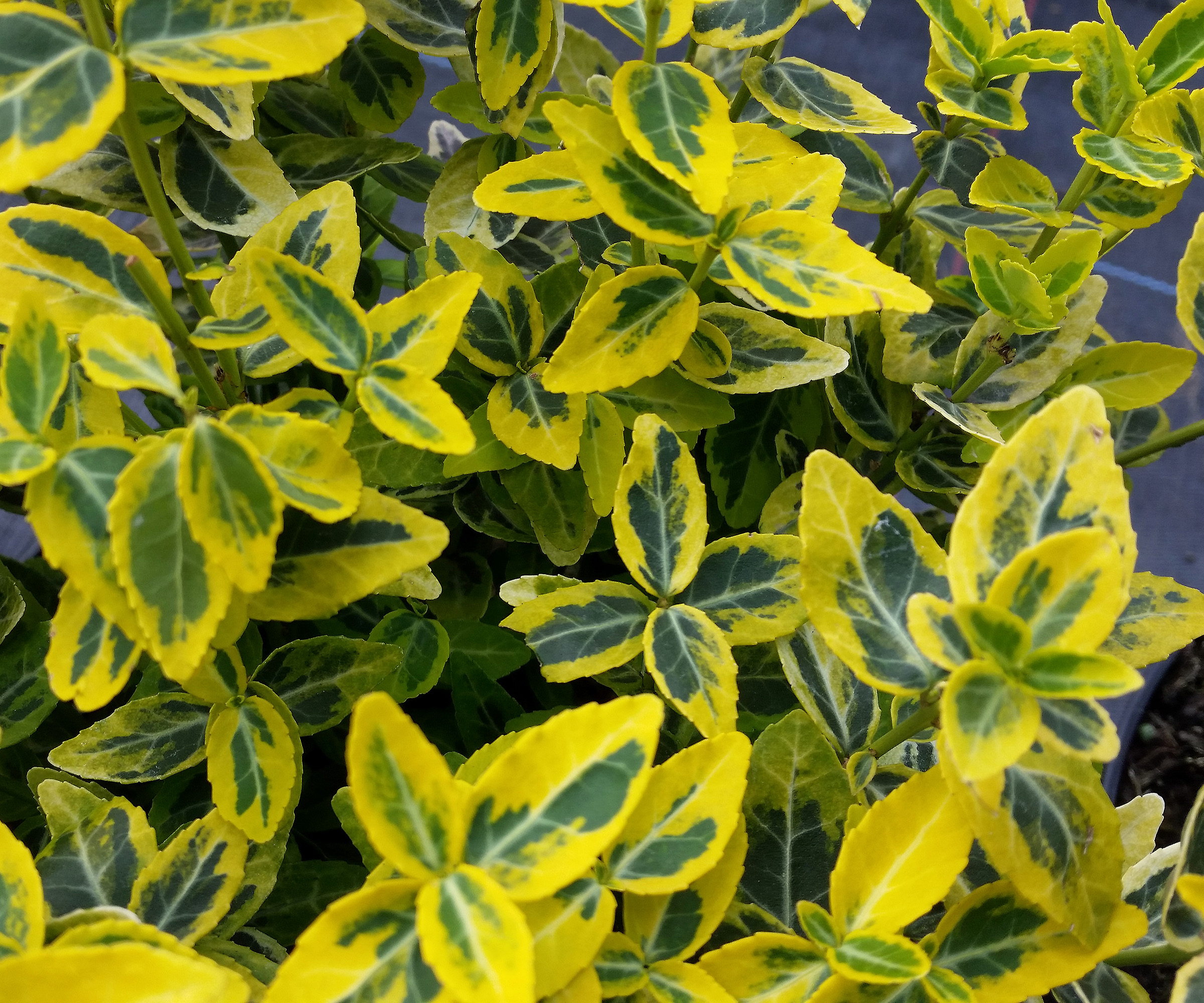
Some of the best landscaping shrubs to use in darker yards are Euonymous spp.. In my experience, these can handle full shade without a worry, and there are many variegated options with white or yellow foliage to add a pop of color to shady borders.
For example, the Euonymus fortunei 'Emerald and Gold', as seen in the image above, has attractive green and yellow leaves that remain on the plant through every season.
However, be warned, this species is considered an invasive plant in several US states, so do your homework before adding it to your plot.
If you have a large plot, your best bet is to source euonymus starter plants, available now via Amazon, which can be ordered in bulk and planted out in drifts.
For a native option, try growing the more airy and open Euonymus americanus, which is hardy down to zone 5 and thrives as an understory shrub in darker yards.
When planting any new shrubs or perennials in your yard, just be sure to give them a good, deep watering every few days during the first few months.
Eventually, many of these species will grow to become drought-tolerant, but until they have sufficient root networks, keep them well watered through spring and summer.
For more planting inspiration, see our guide to the best fragrant evergreens, and fill your shade garden with aromatic options this year.
Shop your shade planting kit
With lush green blades and purple blooms, monkey grass is a good ground cover option for shady yards.




